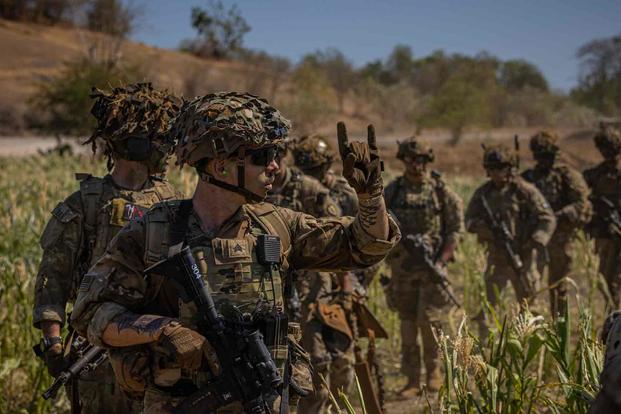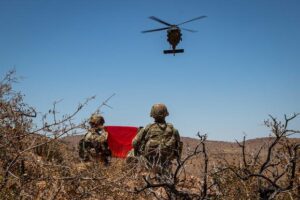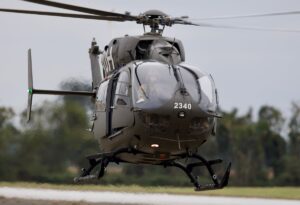Army Weighs Significant Troop Reductions Amid Strategic and Financial Shifts
The U.S. Army is contemplating a substantial cut in its active-duty forces, potentially reducing personnel by up to 90,000. This consideration arises from increased budgetary pressures and a strategic pivot away from traditional military focuses such as Europe and counterterrorism, according to three defense officials familiar with the discussions.
Currently, the Army’s active-duty strength stands at about 450,000 troops. However, internal talks suggest reducing this number to between 360,000 and 420,000. Such a reduction would represent one of the most significant force decreases in recent years, as the Army seeks to transition into a more agile and specialized military force better equipped for future conflicts. The impact on the Army Reserve or National Guard remains uncertain.
The proposed reductions follow a directive from Defense Secretary Pete Hegseth, who has called for an 8% cut in the Pentagon’s budget. Hegseth has openly criticized what he views as “woke” initiatives within the military, which he argues detract from core military objectives. Efforts to address climate change, recognized as a national security issue by military leaders, have also been scrutinized, though eliminating these programs would not achieve the desired budgetary savings.
The Army is currently stretched thin, managing counterterrorism operations in Africa and the Middle East while increasing its presence in the Pacific to counter China’s regional ambitions. Furthermore, the Army plays a crucial role in reinforcing NATO’s defenses amid ongoing tensions due to Russia’s actions in Ukraine, a mission that has faced skepticism from the Trump administration.
During a visit to NATO headquarters in Brussels, Secretary of State Marco Rubio emphasized the need for increased defense spending by European nations, relaying President Donald Trump’s expectations for a more capable NATO. “He’s against a NATO that lacks the capabilities needed to fulfill its obligations under the treaty,” Rubio stated. “This is a hard truth, but one that must be addressed.”
Details on how these potential cuts would be implemented are not yet available, and the Army has not provided comments on the matter. A defense official noted that internal reviews often examine various scenarios, including extreme ones, and no final decisions have been made. The officials discussed the matter anonymously as they were not authorized to speak publicly.
Concerns have been raised about how such reductions might worsen the Army’s recruiting challenges and affect skilled personnel retention. “If we reduce the force without a clear retention strategy, we risk losing talented people who have other options,” one official remarked.
Former national security adviser Austin Dahmer, now a senior Defense Department policy staffer, could influence the Army’s restructuring efforts. Dahmer’s 2023 white paper for the Marathon Initiative advocated reallocating resources from the Army to the Air Force and Navy, arguing that in conflicts with China, certain Army capabilities would be less effective.
However, cutting the Army’s light infantry brigades may not be feasible, as they would be essential for urban combat operations. Dahmer wrote, “One of the largest bill payers in resourcing the strategy of denial should be the Army. This is because the size of the Army’s large-scale land maneuver forces is principally scaled to the threat of Russian invasion of NATO territory.”
Senator Roger Wicker, chairman of the Senate Armed Services Committee, criticized Pentagon staff for considering reducing U.S. military presence in Europe. “I’m troubled at those deeply misguided and dangerous views held by some midlevel bureaucrats within the Defense Department,” Wicker said during a hearing.
Last year, the Army announced a reduction of about 24,000 positions, primarily in roles linked to counterterrorism and counterinsurgency. These cuts included engineer positions and cavalry squadrons, which have seen diminished relevance due to technological advancements.
Despite the challenges, the Army has successfully met its recruiting goals and is on track for continued success. Pre-basic training courses for applicants not meeting initial standards have contributed to this achievement.










